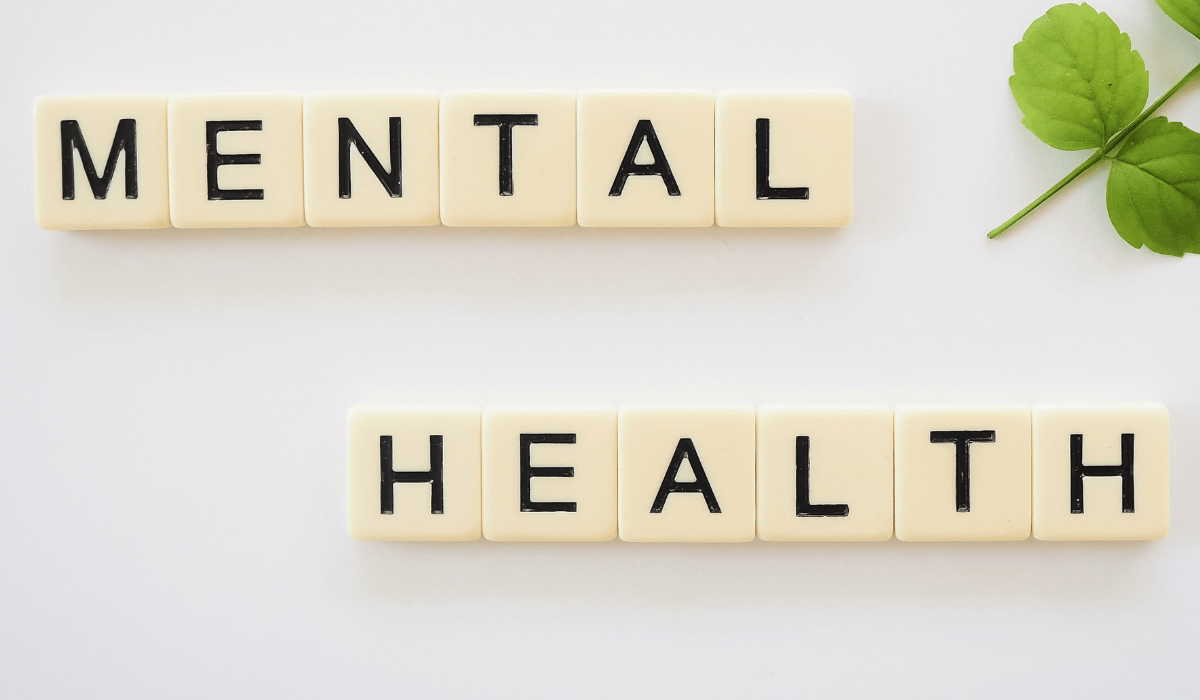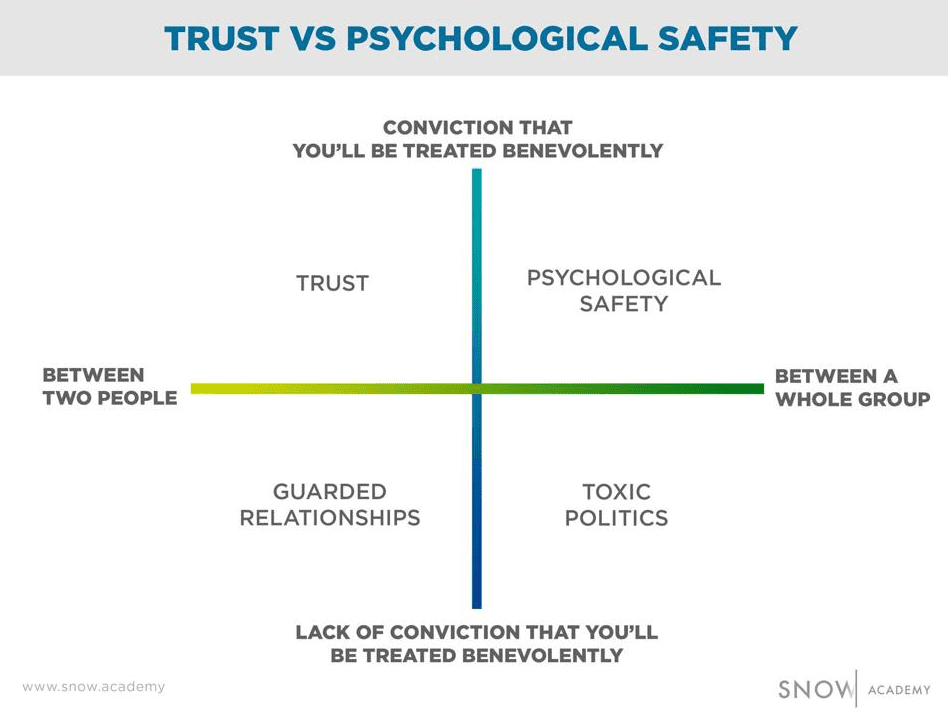Psychological Safety Works

There are a few key misunderstandings that make the difference between actual psychological safety, and psychological safety as so many organisations practice it.

1) Safety, not Comfort
Leaders do not protect their team from discomfort but to protect them from harm. They help motivate and push through the discomfort and harness it for growth.
2) Disagreement is not danger
According to psychological research, the most reliable way to overcome psychological pain and discomfort is not to avoid it. One should gradually diminish the effects of discomfort by systematic exposure.
The more you face friction, the better you get at not taking other people’s resistance or different ideas personally.
3) Take Risks When It Helps The Group
Some risky behaviour actually threatens a group’s psychological safety.
- Speaking up with a point of view that is unpopular helps a group, because it pushes them to think differently. This is a risk worth taking.
- But shouting down someone who says something is the kind of risk that cuts off dialogue and reduces the potential for the group to make progress.
4) There Is No Safety in Feeling safe enough to Hurt Others
We can ironically make an environment dangerous by making it appear safe and comfortable to do anything.
Psychological Safety vs Trust

Ultimately, psychological safety is trust among a group, rather than just between two people. The bigger the group, the harder it will be to maintain psychological safety. You must have trust in everyone in the group in order to take an uncompromising position. You cannot trust someone whom you don’t think has your best interests at heart.
Psychological safety actually is a commitment to treating each other charitably.

According to Snow, “In a group where everyone treats each other charitably, the following will happen:
- If you make a mistake, it won’t be held against you personally.
- If something is wrong, you can bring it up without it being used against you.
- It won’t matter where ideas come from as long as they help the team.
- If you need help, you can ask for it without people being shitty about it.
- When you change your mind, people will applaud your intellectual humility rather than use it against you.
- When you make a decision, you’ll weigh what’s going to be the best for the whole team—and the individuals on it—over what’s best for you.
- You’ll interpret other people’s actions in the best light, too.”
If you want a group to have psychological safety, the first thing you need to do is to get people to care about each other. Let’s discuss.
Adapted from Shane Snow- author of Dream Teams and creator of the Snow Academy school of innovation.

